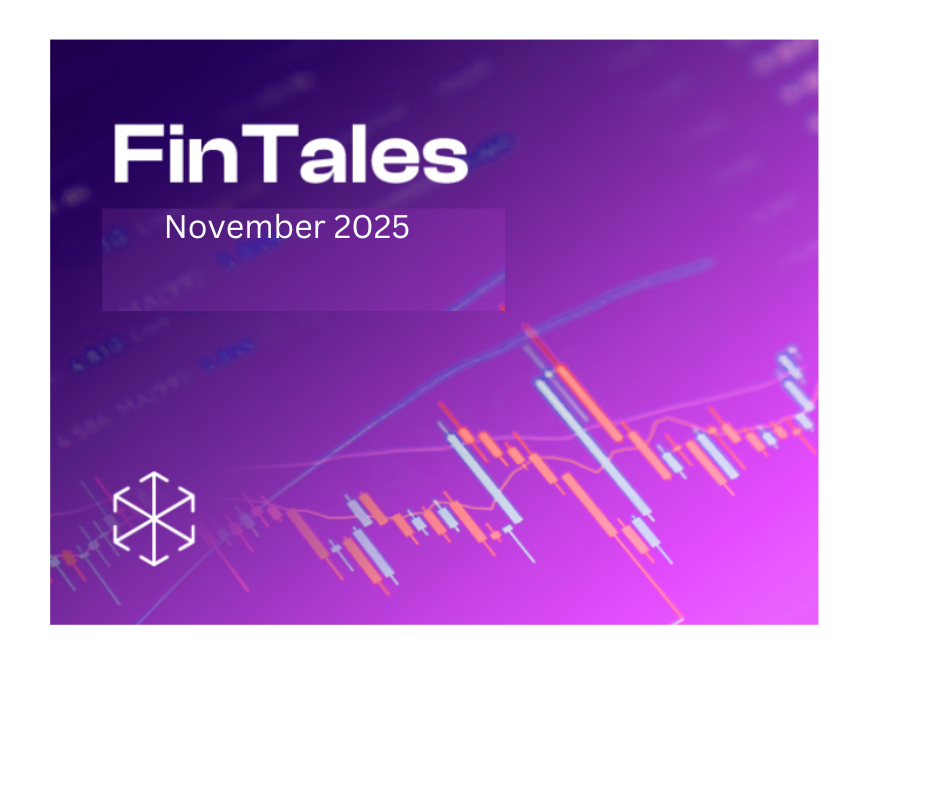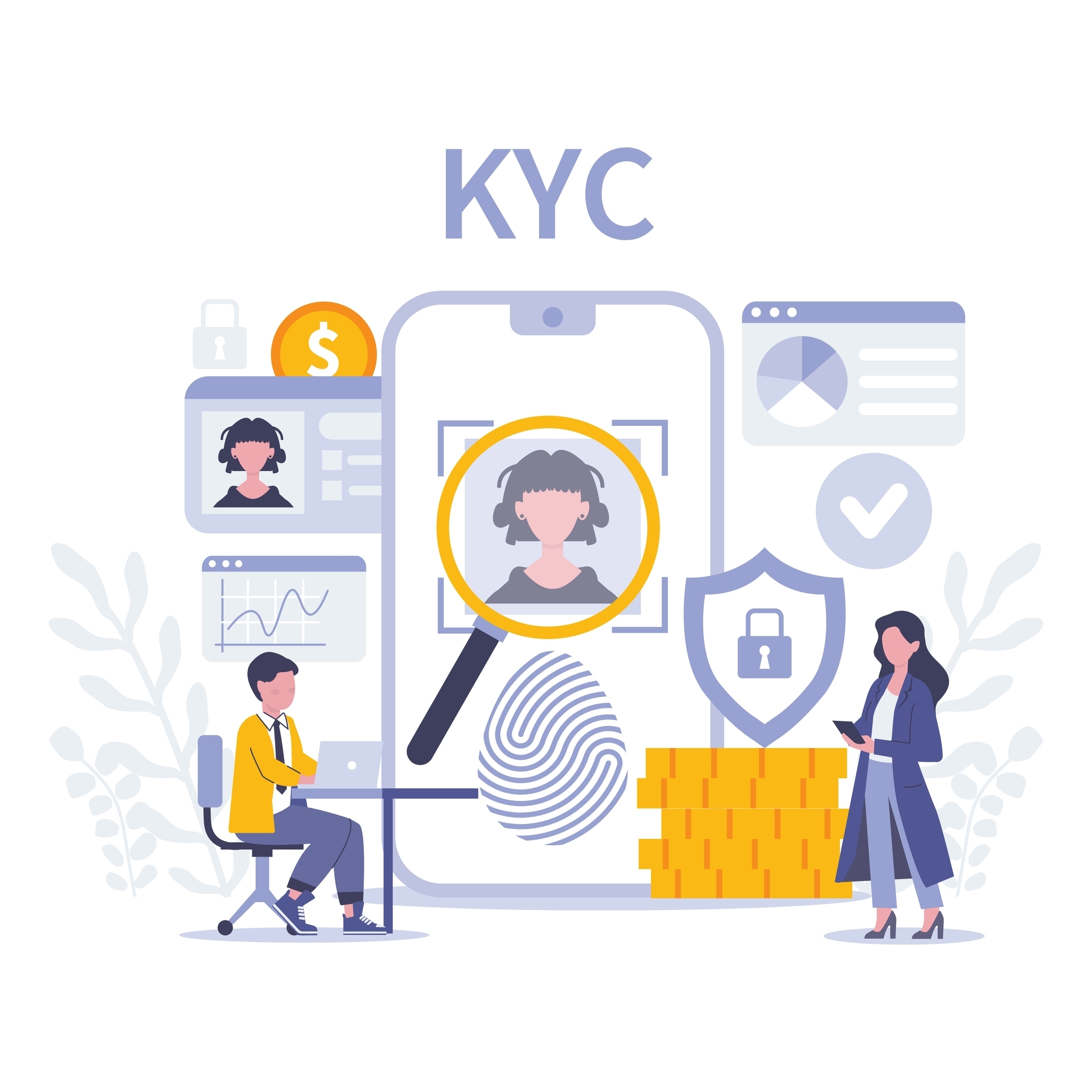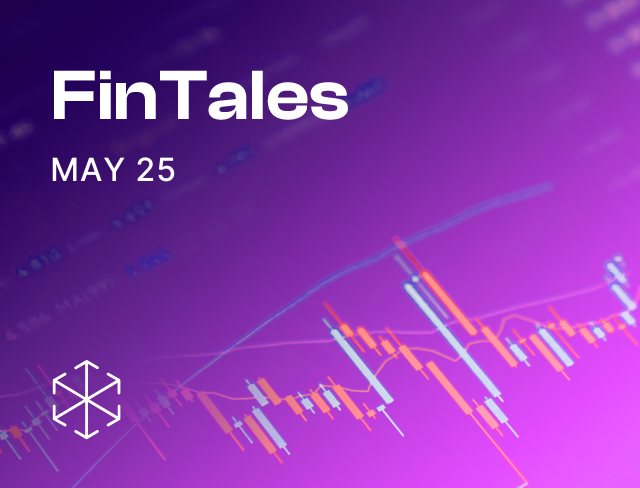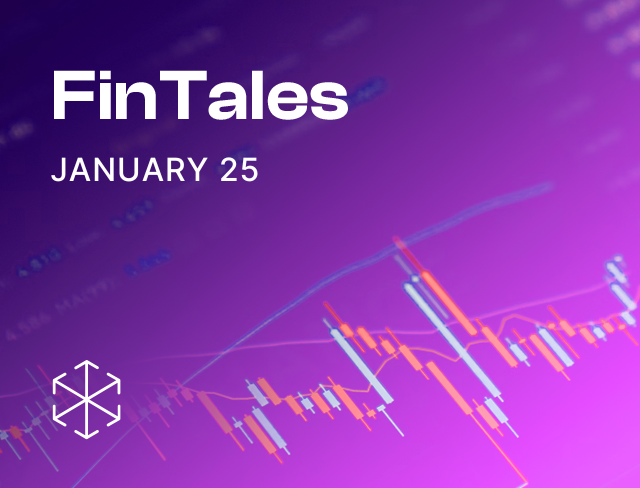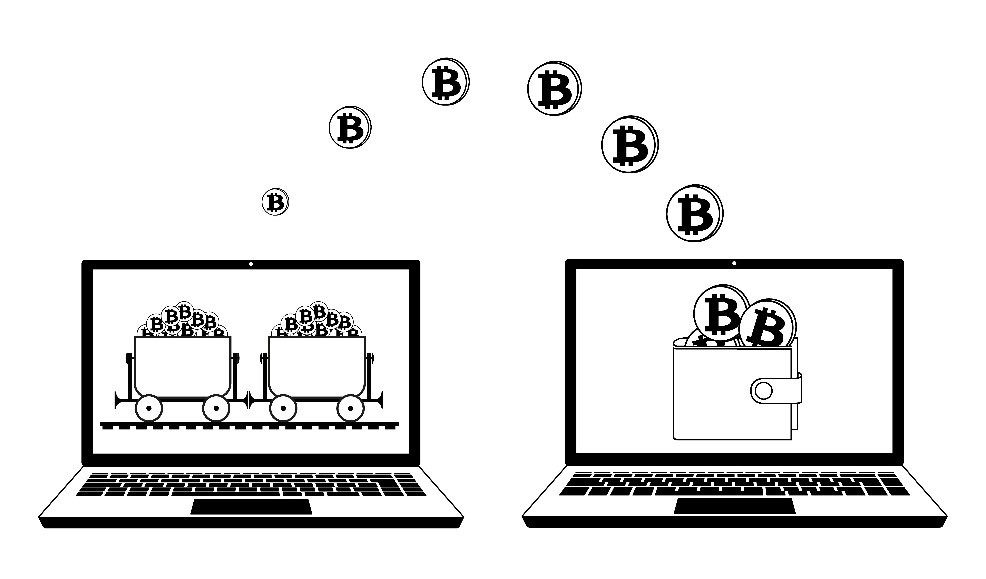This article walks-through the impact of the RBI’s digital lending guidelines on users and fintech businesses.
“In a diverse market like India, key is to match right-priced borrower risk to investor/lender risk” -Fintech Founder (State of India Fintech Union 2022)
Matchmaking.
That’s what Indian fintech does best. Matching the right borrower with the right lender.
RBI’s new digital lending guidelines aim to rid fintech matchmaking from meddlesome interlopers. Or, at the very least, diminish their role. The RBI wants borrowers and lenders to interact with each other directly.
But are fintech platforms meddlesome interlopers? What if we got rid of them? What if borrowers and lenders were left to find each other? I wonder, dear reader, would an advertisement in this dystopia look like this:
Borrower wanted: Reputed cash rich NBFC seeks attractive, young, thin or thick (file) borrower. Credit score no bar. Open to new-to-credit. Cultured phone book contacts required. Share social media profiles, phonebook contacts, SMS history and photo gallery to check if stars align.
Lender wanted: Credit-worthy borrower seeks eligible lender. Must hold valid RBI license, provide interest free credit till salary arrives and offer cashback. Banks preferred but open to NBFCs. To apply, send targeted ads to mobile number, email ID and social media profiles.
Shudder. Maybe we do need those slick fintech apps and algorithms after all.
The RBI issued the digital lending guidelines (Guidelines) in September 2022. The recurring theme in the Guidelines – reducing the influence of unregulated fintech players in the lender-borrower relationship.
The Guidelines prohibit pass-through accounts, impose stricter data protection norms, and mandate reporting of all loans to credit bureaus. The Guidelines also provide these key clarifications. First, all loans disbursed on or after 2 September 2022 must comply with the Guidelines from that date itself. Loans disbursed before 2 September 2022 must become compliant by 30 November 2022. Second, loans for a specific end-use can be disbursed in the end-beneficiary’s account. This allows disbursal of the loan amount to merchants for buy-now-pay-later (BNPL) products if there’s a specific end-use. Third, synthetic securitization, which involves transfer of credit risk for a loan residing on the lender’s balance sheet through derivatives or guarantees, is prohibited. This has created doubts about the permissibility of first-loan-default-guarantee (FLDG) arrangements.
The Guidelines mark the beginning of a new world order in the digital lending industry. The birth of Christ divided the Gregorian calendar into Before Christ (BC) and anno Domini (AD). The Guidelines too divide the eras of digital lending in India into Before Guidelines (BG) and After Guidelines (AG). To understand how the experience of customers and fintechs will change as we move from BG to AG, here’s a walk through.
The customer’s perspective
Before Guidelines: You see a pay-later option on the check-out page of a grocery delivery app. You download the pay-later app on your device and verify your mobile number via OTP. You notice that by submitting the OTP, you’re agreeing to the app’s terms. But like 77% fintech users, you don’t read the terms and just click next. You fill in basic details like name, age, gender and email ID. The app asks for several phone permissions – contact list, location, SMS, media etc. It doesn’t explain why it needs these many permissions. But since it’s a take-it-or-leave-it, you concede. And voila! You receive instant credit of Rs.2000. It’s not much but it’s enough to buy what you need. Unfortunately, you forget to repay the bill. And one day you receive a call from a rude recovery agent demanding immediate repayment of your loan taken from an NBFC. You don’t remember taking any loan. And you’ve never even heard the NBFC’s name. What you remember is ordering groceries by using a ‘pay-later’ service. You immediately repay the bill and pray that this oversight hasn’t damaged your credit score. You swear to stay away from the ‘pay-later’ button.
After Guidelines: You see a pay-later option on the check-out page of a grocery delivery app. You download the pay-later app on your device and verify your mobile number via OTP. You tick a box to agree to the app’s terms, you still don’t read them. You fill in basic details like name, age, gender, and email ID. But this time, the app also seeks your income and occupation details. The app also seeks permission to check your credit score. You consent by ticking another box. The app then seeks several phone permissions – contact list, location, SMS, media etc. And each permission mentions a purpose – KYC, credit-risk assessment, tailored offers etc. Some permissions are essential, others aren’t. You decide to only grant essential permissions and opt-out of the rest. Next, you see a Key Fact Statement pop-up. It says you’re taking a loan from an NBFC. It also lists penal charges in case of default and details of grievance officers and recovery agents. Yikes, this sounds serious. After some thought, you decide to go ahead anyway. But you set multiple reminders to repay the amount because you understand a default could damage your credit score.
The fintech’s perspective
Now let’s see what the story looks like from the fintech’s perspective. How does your experience change as we move from BG to AG era? Imagine you’re a start-up hoping to capitalize on India’s massive credit gap. You’ve built a slick app which allows customers to avail an instant credit line from your partner NBFCs. You’ve also tied up with a payment aggregator (PA) to gain access to its merchant network. The alternative is acquiring merchants on your own – which is too expensive. Through the PA’s infrastructure, your customers can use the credit line from the NBFC to pay any of the PA’s merchants.
Before Guidelines: After approving the loan, your partner NBFC transfers the loan amount to the PA’s account. When the customer makes a purchase using your BNPL facility, the PA transfers the funds to the merchant. When the customer repays her dues, the funds are similarly transferred to the partner NBFC via the PA. So, what’s your role in this fund flow? Well, you’re the conductor of this orchestra. It’s your job to harmonize the activities of multiple lenders, merchants, and customers. For instance, each time a payment is made to a merchant or a repayment is made by a customer, you update the balance on the app. You also decide settlement timelines to merchants to account for returns and refunds. In this manner, you reduce the operational burden of your partner NBFCs and merchants. And make it easier for customers to track all payments and dues in one place.
After Guidelines: After approving the loan, your partner NBFC must transfer the loan amount directly to the customer. And while repaying the loan, the customer must transfer the funds directly to the partner NBFC. The law now prohibits using pass-through accounts of any third-party. It’s unclear whether this prohibition extends to the regulated escrow account of a PA and in which cases the loan amount can be credited directly to the merchant (instead of the customer). For their part, PAs have requested the RBI for permission to act as intermediaries in digital lending transactions. You hope the RBI green-lights this model soon. Because your partner NBFCs and customers can’t deal with each other directly.
Your growth has also slowed down. More customers are dropping-off due to the longer onboarding process and the need for explicit and specific consent. Considering the RBI’s confusing stance on FLDG, your partner NBFC is reluctant to continue its FLDG arrangement with you. Which also makes it reluctant to extend loans to your new-to-credit and thin-file customers. Your job is to underwrite these customers using alternative data and AI. You’re the matchmaker who’s supposed to determine if the borrower and lender are compatible. If you don’t do this job well, the lender will suffer losses. So, the lender wants you to have skin-in-the-game. If customers you’ve recommended fail to repay their loans, the lender wants you to cover part of the losses. As this disincentivizes you from recommending customers who aren’t credit-worthy. If you can’t provide FLDG, the lender can’t trust your underwriting skills and it becomes risk-averse. This also reduces the pool of credit available to underserved customers. You hope the RBI clarifies the conundrum around FLDG soon so you can finally figure out how to adapt to this new world order.
(This post has been authored by the fintech team at Ikigai Law.)


